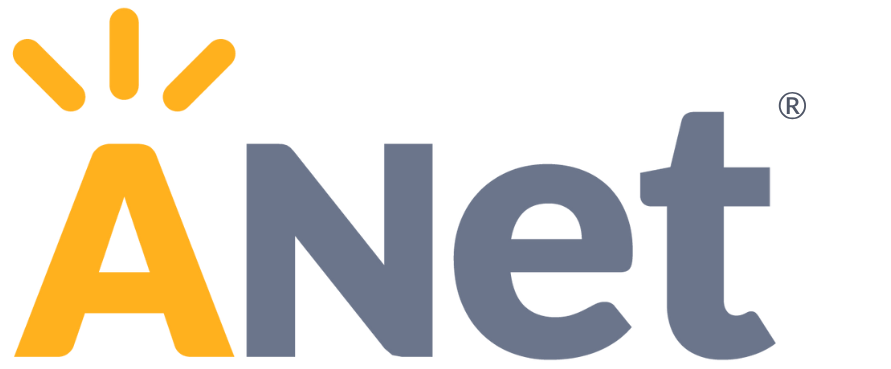by Sarah Tierney and Tracey Waters
We’ve all been there: Maybe it’s Sunday night; maybe you have a few precious minutes of planning time. You’re scrambling to prepare a lesson and you think, “Why reinvent the wheel? Let’s check the interwebs.” You google your topic and…28,000,000 results pop up. How on Earth do you decide what might be worth using with your students?
ANet has developed a three-step system of guidance to empower teachers and leaders to make good choices about instructional materials to support literacy instruction.

In our previous post, we explored what makes a literacy resource high-quality. Now we shift our focus to the next steps in ANet’s system for making effective use of instructional materials—strong implementation.
2. Unpack the materials for understanding
Getting your hands on high-quality materials is a critical first step, but it’s how you use those materials to thoughtfully prepare and strategically plan your instruction that matters most for student learning.
Understanding the structure of a resource will help you determine whether it’s a good fit for your students. When it comes to open-source materials that are larger than a single lesson, start by asking yourself a few questions about the purpose behind their content and design:
-
What is the learning purpose and focus of the unit/module and how is that conveyed in teacher- and student-facing materials?
-
How does the design of the unit/module or lesson reflect and support the instructional shifts?
-
When and where are students doing the “heavy lifting” and how will you support them while maintaining high expectations?
When you sit down to plan, you may find it helpful to use an internalization protocol. Start by completing the tasks that students will have to solve so you can internalize what they need to know and be able to do by the end of the lesson or unit. Read the central text(s) and write a response to the culminating writing prompt. Answer the text-dependent questions yourself to understand how they connect to one another and build toward the big ideas in the text. Nothing helps you support students to meet learning goals better than pushing yourself to experience the exact same thinking and doing that students are being asked to do.
3. Adjust, teach, and reflect
When you’re using a resource that you know is high quality, try it out before making significant changes. We’ve learned from our schools that taking the time to read through a lesson or unit closely helps deepen your understanding of the purpose behind the design and content, and how it all fits together. As you review, think about what you’ve taught and what you’re planning to teach, and look for opportunities to help students make connections between past and future learning. Teachers know their students unique strengths and areas of development, and constantly gather this information through qualitative and quantitative data. Leverage that knowledge to guide your approach and as you’re teaching, gather data that will help you think about ways to increase the effectiveness of those materials when you use them in the future. Ongoing post-observation conversations between teachers and leaders help us think about where we’ve found traction and where we might have missed the mark.
After identifying, analyzing, and adapting high-quality materials, you’re prepared to support your students in meeting their learning goals.
In our next post, we’ll take a look at how two teachers from AUSL in Chicago, IL, used materials from the Vermont Writing Collaborative to help develop a classroom of knowledgeable writers.
